Understanding Testnets: The Backbone of Blockchain Innovation, Community Rewards, and Project Success
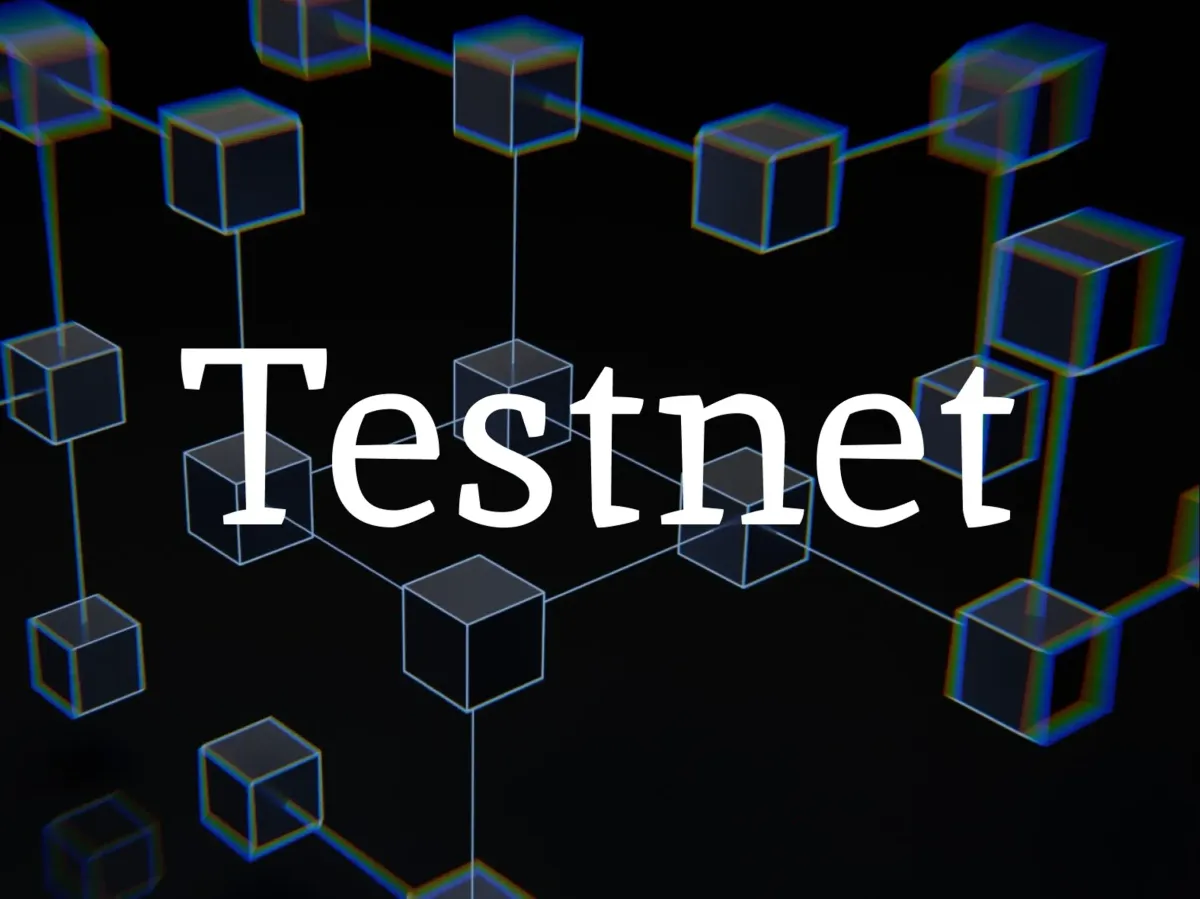
In the fast-paced and ever-evolving world of blockchain technology, testnets serve as critical infrastructure, enabling innovation, ensuring security, and fostering strong community involvement before a project’s mainnet launch. While often overlooked by casual users, testnets are where some of the most important behind-the-scenes work happens in crypto. They are the proving grounds for decentralized applications (dApps), consensus algorithms, and new blockchain features.
But what exactly is a testnet, why is it so crucial, and how do projects use them not only to refine their platforms but also to reward their most active community members? Let’s explore the role of testnets in blockchain development, the mechanics of incentivized testing, and examples of projects that have done it exceptionally well.
What Is a Testnet and Why Is It So Important?
A testnet (short for test network) is essentially a duplicate of a blockchain’s mainnet, designed specifically for testing and experimentation. It mimics the real-world environment of the main network but uses valueless tokens, allowing developers and users to explore features, identify bugs, and stress-test the infrastructure—without risking actual assets.
Why Testnets Matter:
- Risk-Free Experimentation
Developing on a live blockchain is expensive and dangerous. A single smart contract bug on the mainnet can result in lost funds or security vulnerabilities. Testnets remove that risk by allowing developers to safely deploy and debug their code before going live. - Security and Performance Optimization
Testnets replicate real-world conditions, giving developers a chance to identify performance bottlenecks and attack vectors. These simulations help harden networks against potential exploits and ensure smooth scalability. - Cost Efficiency
Blockchain transactions can be expensive—especially during periods of high congestion. Testnets eliminate these costs, since tokens on the test network have no value and can be acquired for free via faucets. This enables iterative development without worrying about gas fees. - Community Engagement and Open Development
Testnets aren’t just for developers—they’re for the community too. Testers, validators, and contributors all play a vital role in helping a project mature. Early community involvement often leads to better UX, stronger decentralization, and a more committed user base. - Accelerated Innovation
Because there’s no financial risk, testnets allow teams to push the envelope. New consensus mechanisms, token models, or cross-chain functionality can all be trialed without fear of economic consequences.
In essence, launching a blockchain without a testnet would be like releasing an airplane without a test flight. The consequences of skipping this step can be disastrous.
Rewarding Testers: Why It Matters and How It Works
For testnets to be effective, they need real users pushing the boundaries—trying to break things, discover bugs, and provide feedback. To encourage this participation, many blockchain projects now offer incentives, rewarding testers for their time, effort, and contributions.
Why Reward Testers?
- Quality Assurance: More testers mean more bugs found before the mainnet launch.
- Stress Testing: Simulated heavy usage reveals how well the system handles real-world load.
- Community Building: Early testers often become long-term users, developers, and ambassadors.
- Data Gathering: User behavior during the test phase provides valuable insights for UI/UX improvements.
Popular Reward Strategies
- Incentivized Testnet Campaigns
Participants receive points or tokens for completing specific tasks, such as deploying smart contracts, testing dApps, or running nodes. Rewards can be based on effort (participation-based) or outcomes (performance-based), such as discovering a critical bug or maintaining high validator uptime. - Airdrops
One of the most popular reward models involves giving testnet participants mainnet tokens after launch. Users are often asked to perform on-chain interactions on the testnet, with their addresses logged for future airdrops. - Bug Bounties
Developers can offer token-based rewards or fiat payouts for discovering and reporting bugs. Critical bugs can be worth thousands, while smaller issues still earn a decent token reward. - Validator Incentives
In Proof-of-Stake (PoS) systems, testers may operate as testnet validators, staking valueless tokens to simulate the real-world network. Projects often reward effective validators with future mainnet allocations. - Non-Monetary Incentives
Some rewards are non-financial but still valuable—such as leaderboard rankings, early governance rights, NFT badges, exclusive beta access, or community titles.
Best Practices for Rewarding Testers
- Transparency: Clearly outline what actions are rewarded, how rewards are distributed, and when participants can expect to receive them.
- Fair Distribution: Balance rewards between basic contributors and high-performing users to ensure everyone feels valued.
- Multiple Reward Types: Combine monetary and non-monetary rewards to appeal to a broader audience.
- Continuous Communication: Keep your testers in the loop with regular updates, guides, and progress reports.
Testnet Success Stories: Projects That Did It Right
Let’s take a look at some high-profile blockchain projects that have set a gold standard for leveraging testnets effectively—both technically and in how they rewarded their communities.
1. Arbitrum
Arbitrum, a layer-2 scaling solution for Ethereum, conducted a comprehensive testnet campaign prior to its mainnet launch. It invited users to test bridges, deploy contracts, and engage with dApps. In 2023, Arbitrum delivered one of the largest airdrops in the crypto space, distributing ARB tokens to thousands of testnet users. The airdrop not only rewarded early contributors but also catalyzed Arbitrum’s massive adoption post-launch.
2. Optimism
Optimism, another leading Ethereum rollup project, followed a similar approach with a strong testnet phase and a retroactive airdrop. Participants who swapped tokens, added liquidity, or interacted with testnet contracts received OP tokens after mainnet launch. The combination of robust testing and community incentives helped Optimism build a strong foundation and developer ecosystem.
3. Cardano’s Shelley Incentivized Testnet
In 2019, Cardano launched the Shelley Incentivized Testnet (ITN) to test its new proof-of-stake consensus model. Unlike other testnets, participants were rewarded with real ADA tokens for staking, running pools, and delegating—making it a financially meaningful experience. This approach brought in thousands of users and helped Cardano prepare for a smooth and decentralized mainnet rollout.
Other Notable Mentions
- Celestia: Pioneering modular blockchain architecture, Celestia rewarded testers with TIA tokens for helping test its data availability layer.
- Starknet: Focused on zero-knowledge rollups, Starknet distributed STRK tokens to active testnet participants.
- BYDFi: A decentralized finance platform that used the BNB testnet to stress-test smart contracts and rewarded contributors with token incentives.
How to Join a Testnet and Start Earning
Participating in a testnet is often easier than people think. Here’s a simple step-by-step guide:
- Set Up a Wallet
Use wallets like MetaMask, Trust Wallet, or Keplr, and configure it to connect to the testnet you're interested in. Always use a separate wallet for testnets. - Get Testnet Tokens
Visit the project’s faucet to request valueless tokens for testing. These are usually distributed for free via social platforms or project websites. - Complete Tasks
Projects typically provide a set of tasks—such as swapping tokens, testing apps, or running validator nodes. Follow their official documentation or Discord/Telegram for instructions. - Submit Feedback
Report bugs and usability issues through forms, GitHub, or Discord. The more helpful and detailed your feedback, the more likely you are to be rewarded. - Track Your Participation
Keep records of what you’ve done—wallet addresses, screenshots, task completions—so you can prove eligibility during future reward distributions. - Stay Engaged
Follow the project on social media and stay tuned for updates, announcements, and reward distribution details.
Conclusion: Testnets Drive Blockchain Forward
Testnets are more than just a technical sandbox—they are a critical phase in the blockchain development lifecycle, bringing together developers, users, and communities to co-create better, more secure, and more scalable blockchain systems.
By offering incentives to testers, projects can gather meaningful feedback, discover flaws early, and cultivate a community that feels ownership and loyalty from the outset. Projects like Arbitrum, Optimism, and Cardano have proven that a well-structured testnet program can directly contribute to a project’s long-term success.
For testers and crypto enthusiasts, participating in a testnet isn’t just about earning rewards—it’s a chance to learn, influence the development of future blockchain infrastructure, and be part of something big before the rest of the world catches on.
As blockchain innovation continues to accelerate, testnets will remain a fundamental pillar in launching successful, secure, and community-backed decentralized networks.
References

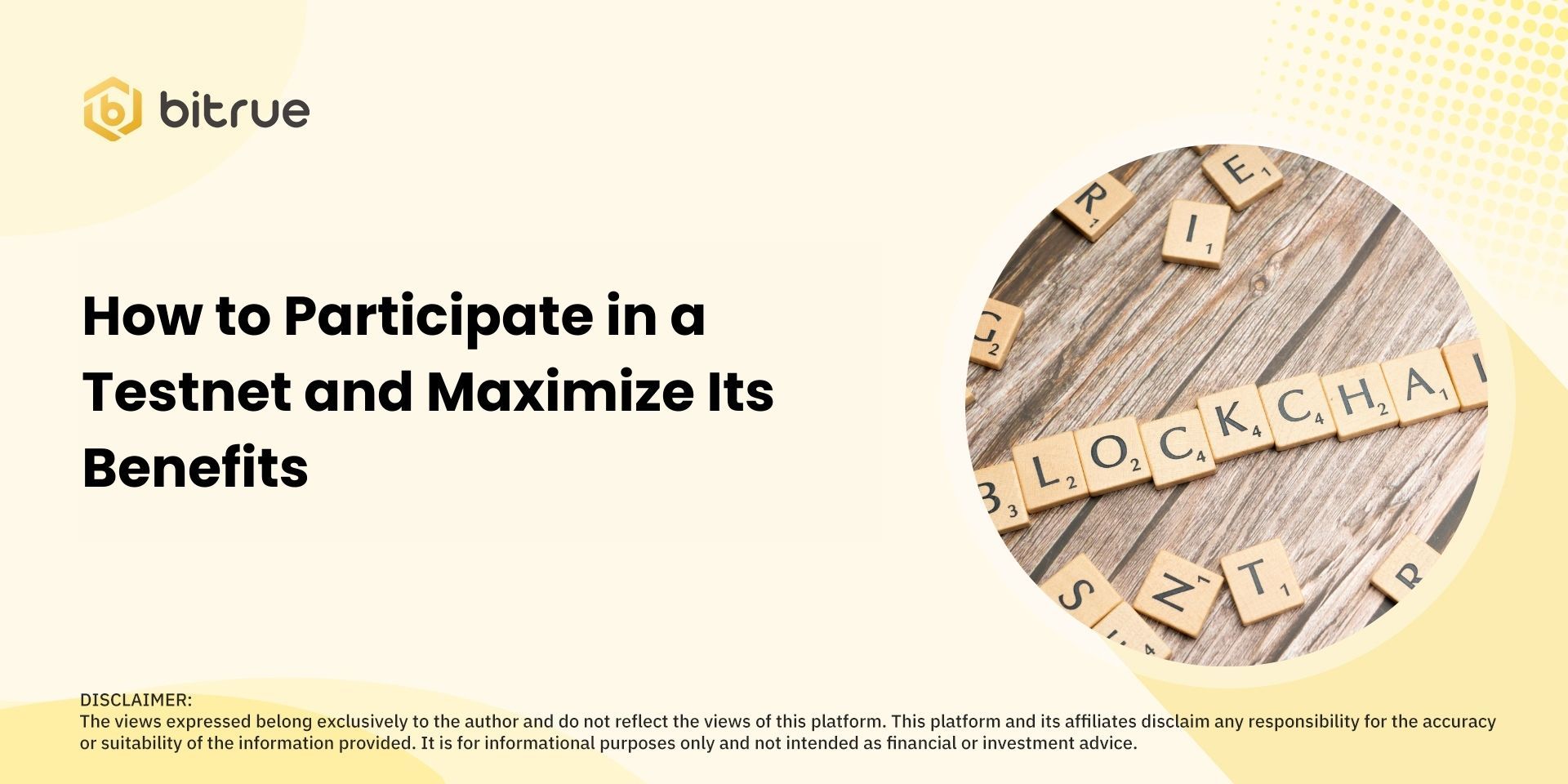
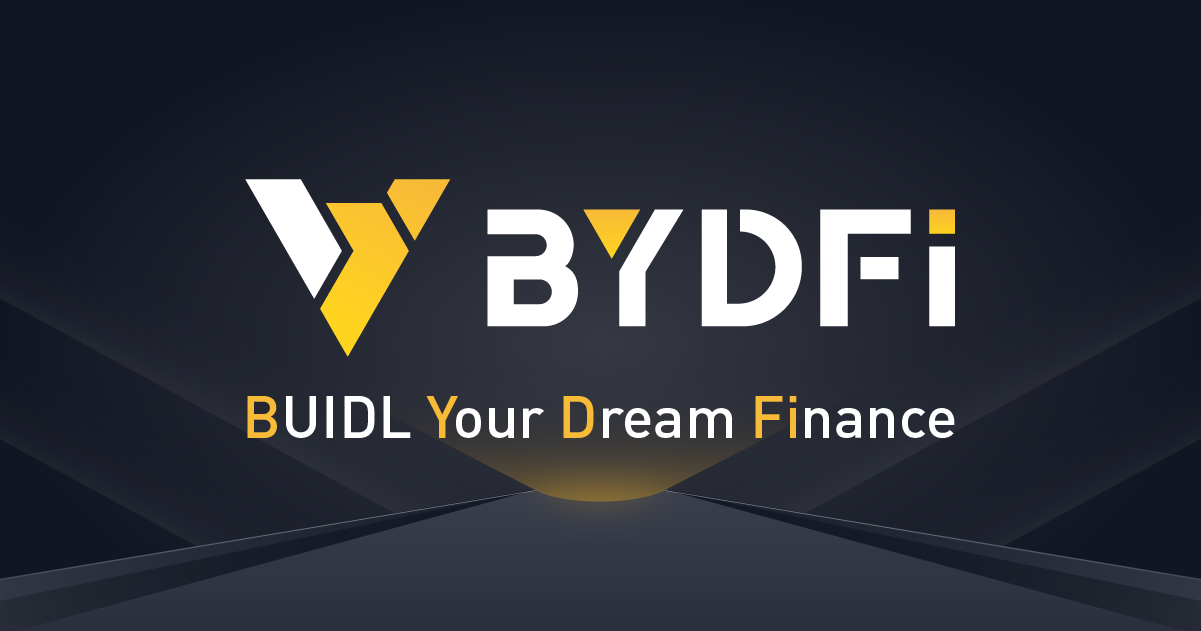
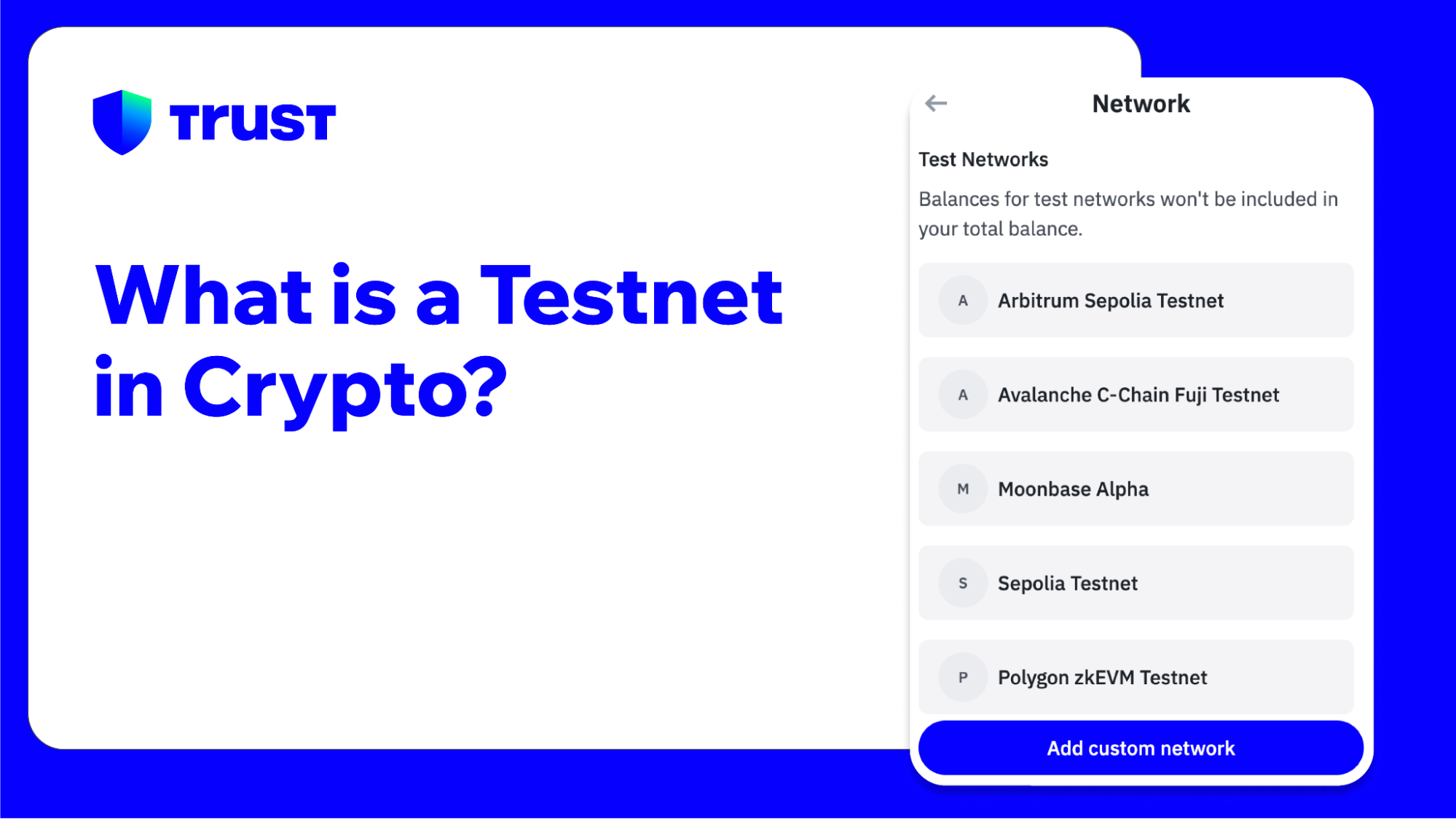
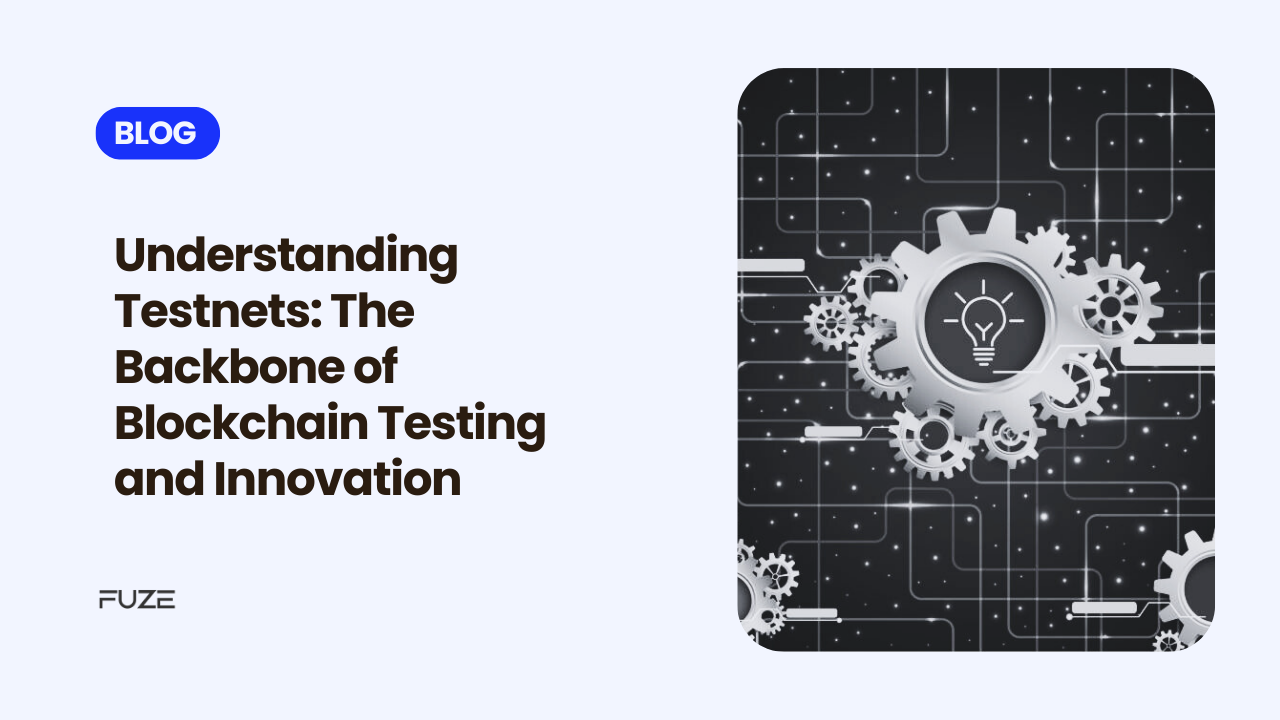

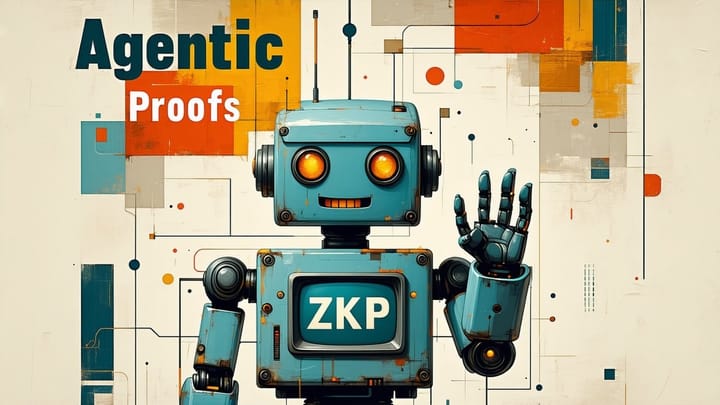









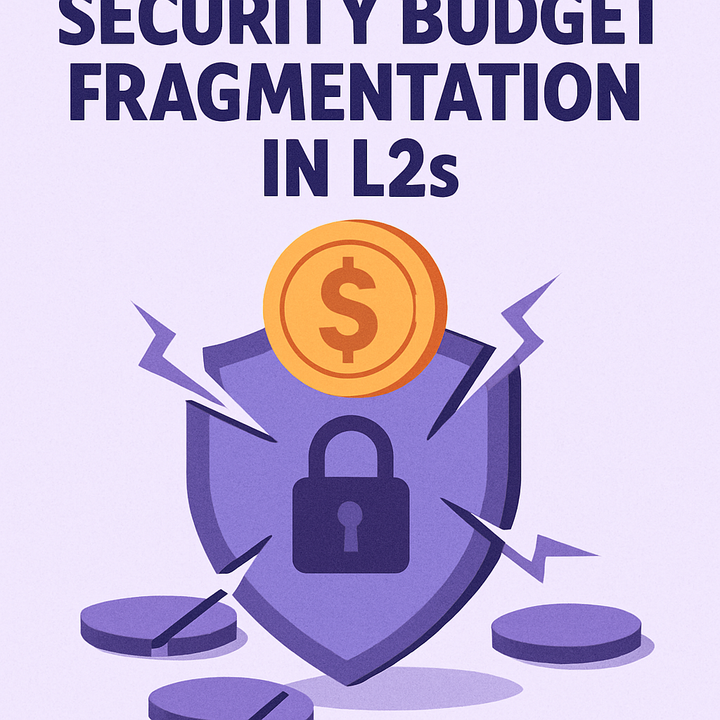
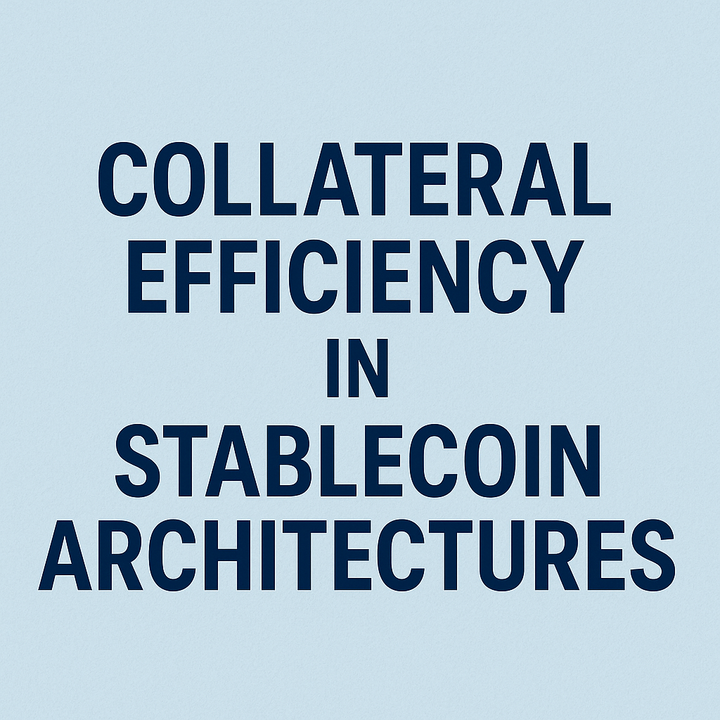
Comments ()